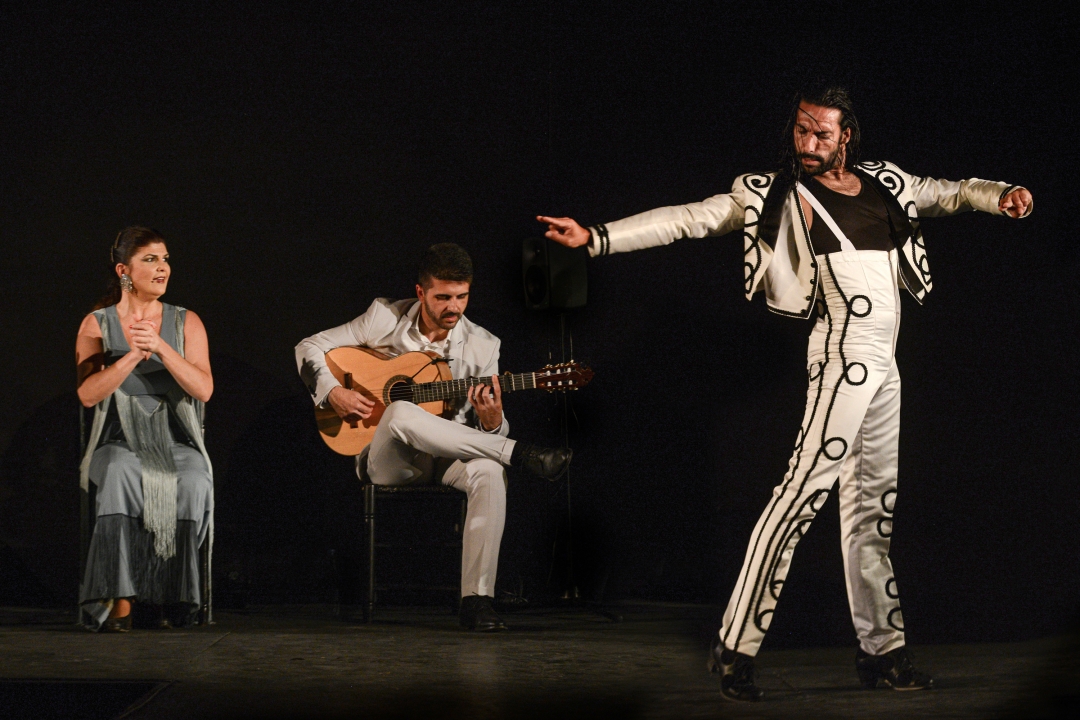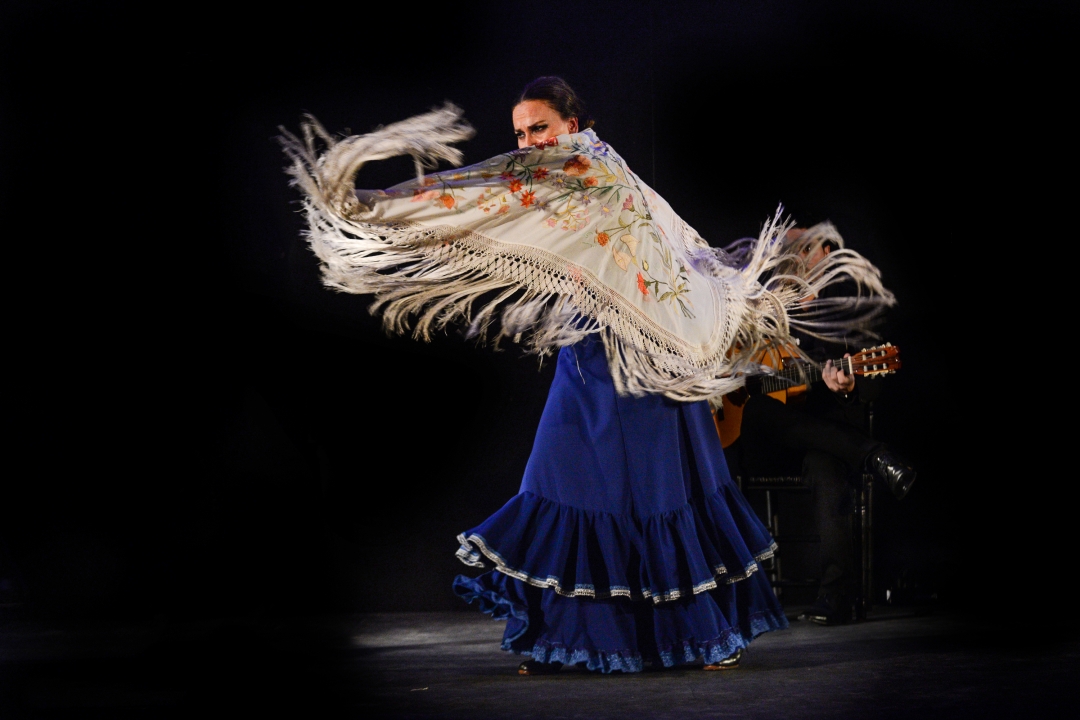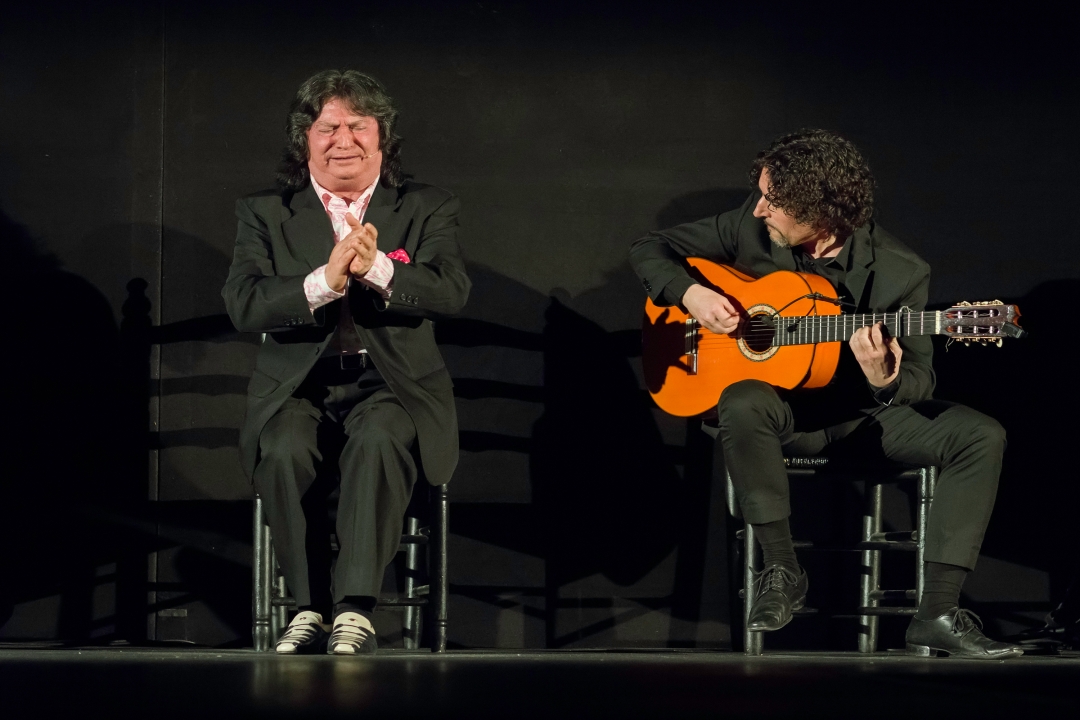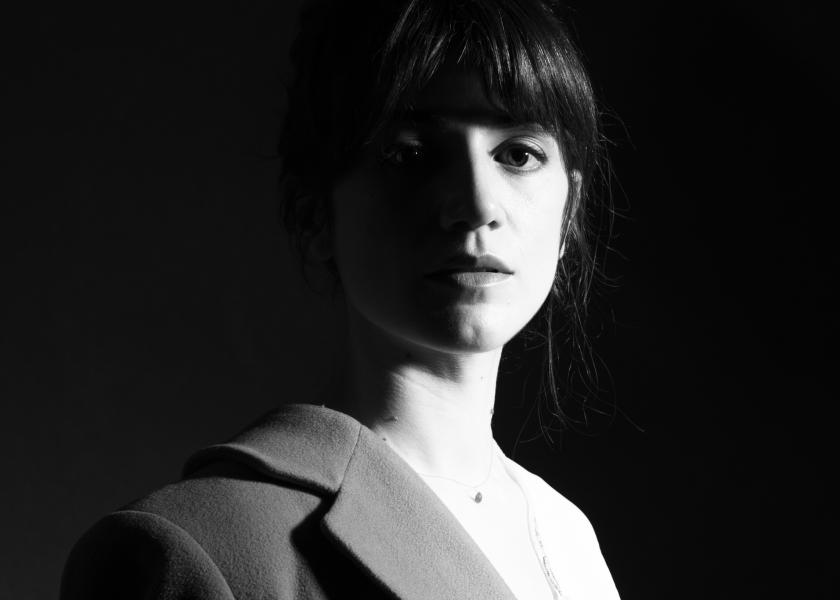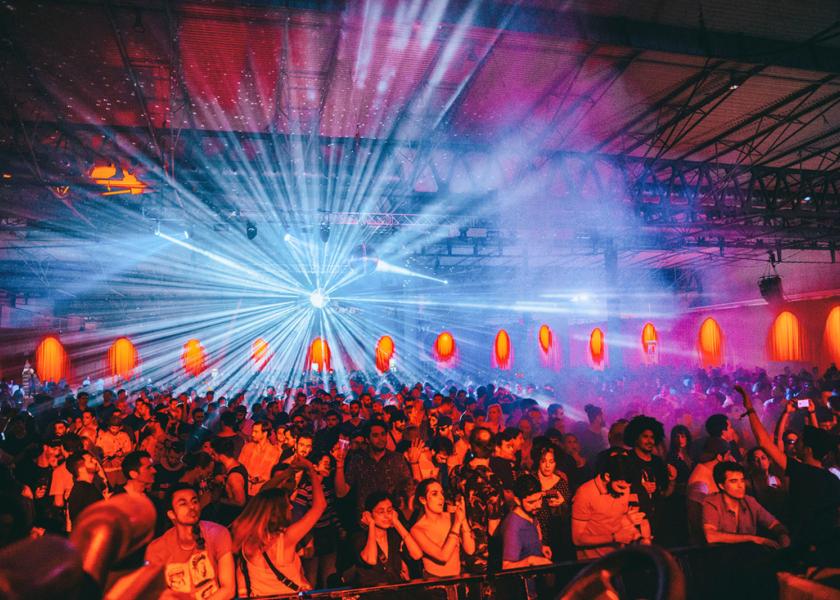Flamenco In Style
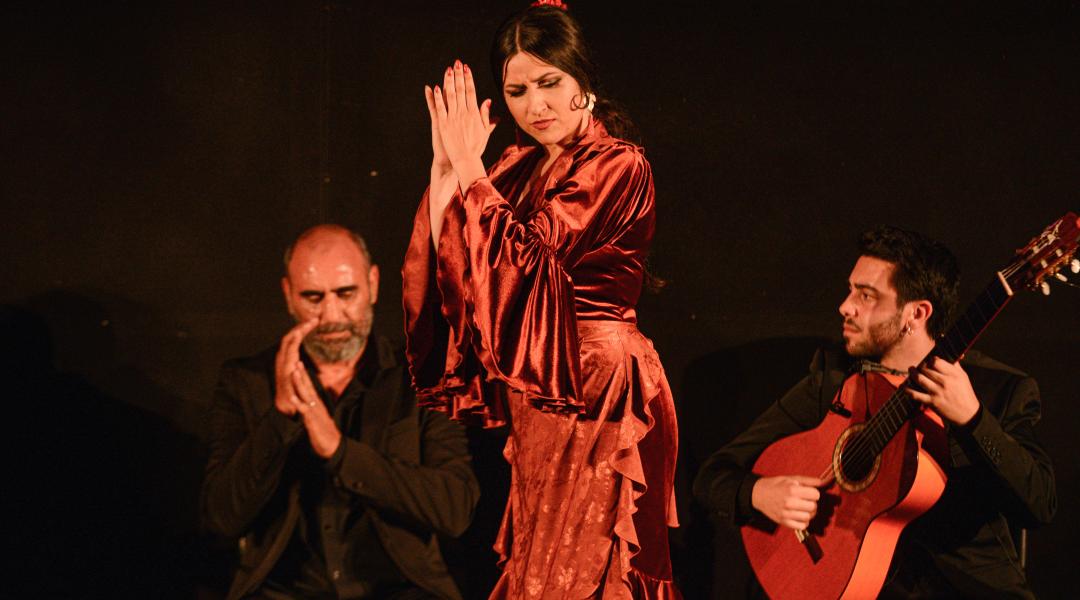
The Teatro Real completes its second season of 'Flamenco Real', an initiative that saw the main figures of contemporary flamenco enter a true temple of Spanish culture, recognising the status this art deserves within the national artistic scene.
Manolo Sanlúcar once said that “flamenco is a philosophy, a way of thinking and feeling of an entire people and its historical tradition”. He summarised what is now an axiom: flamenco is one of the most important exponents of what has been called Marca España (Brand Spain), since it’s not only one of the most famous artistic manifestations of Spanish culture, it’s been able to incorporate modernity and avant-garde into its language as a reflection of a society that has managed to mix tradition and future in its deepest reality.
As a bastion of Spanish culture, the Teatro Real couldn’t afford to ignore this reality, which is why, in 2018, it presented an ambitious program of 18 unique appointments with great artists, called Flamenco Real (Real Flamenco). Sevillian flamenco dancer Amador Rojas opened the season in November, with his show Poseidón y el hombre (Poseidon and Man), an allegory of the suffering of men at the hands of their peers and the need for divine intervention; while the artist chosen to close the program eight months later was veteran Antonio Canales, who acted as the face of this initiative during its official presentation, taking to the stage with Salitre, a show based on peteneras, alegrías, tangos and bulerías.
“Flamenco deserves the Teatro Real, and the Teatro Real deserves flamenco”
“Flamenco deserves the Teatro Real, and the Teatro Real deserves flamenco”. The theatre is looking to open up to new audiences, and we are the most important cultural institution of the performing arts and music, so hosting this discipline seemed mandatory,” says Ignacio García Belenguer, general director of the Teatro Real. The venue chosen for these shows is the Isabel II ballroom, which in the mid-nineteenth century served as the seat of the Parliament for over ten years, while the Congress was being built. A privileged environment to enjoy an experience designed to go beyond the mere stage show – not only because of the venue, but also because of the opportunity to taste the best Spanish gastronomy has to offer, such as wine, cheese and ham. It’s the traditional essence of a tablao flamenco (flamenco venue), but elevating it in status.
Úrsula López, Carmen La Talegona, Bernardo Miranda, Rocío Márquez, Manuel de la Luz, Leonor Leal, Jeromo Segura, Yolanda Osuna, José Valencia, José Carmona Rapico, Óscar de Manuel, and many other singers, dancers and musicians have brought magical nights of passion, talent and truth on the Teatro Real stages. An initiative that has been highly successful and has attracted a new audience, different from the people who were already regular visitors of the theatre, but equally informed and cultured, which has been moved by the intensity and temperament of the selected artists. The success of this cycle both at the box office and in the quality of the audience it has attracted set the wheels in motion for the continuation of the project in the upcoming 2019/2020 season, with some leading names already confirmed, such as Marco Flores, Rafael Campallo , Belén López, Rosario Toledo, Amador Rojas, and Eduardo Guerrero. Flamenco has come to the Teatro Real to stay.
